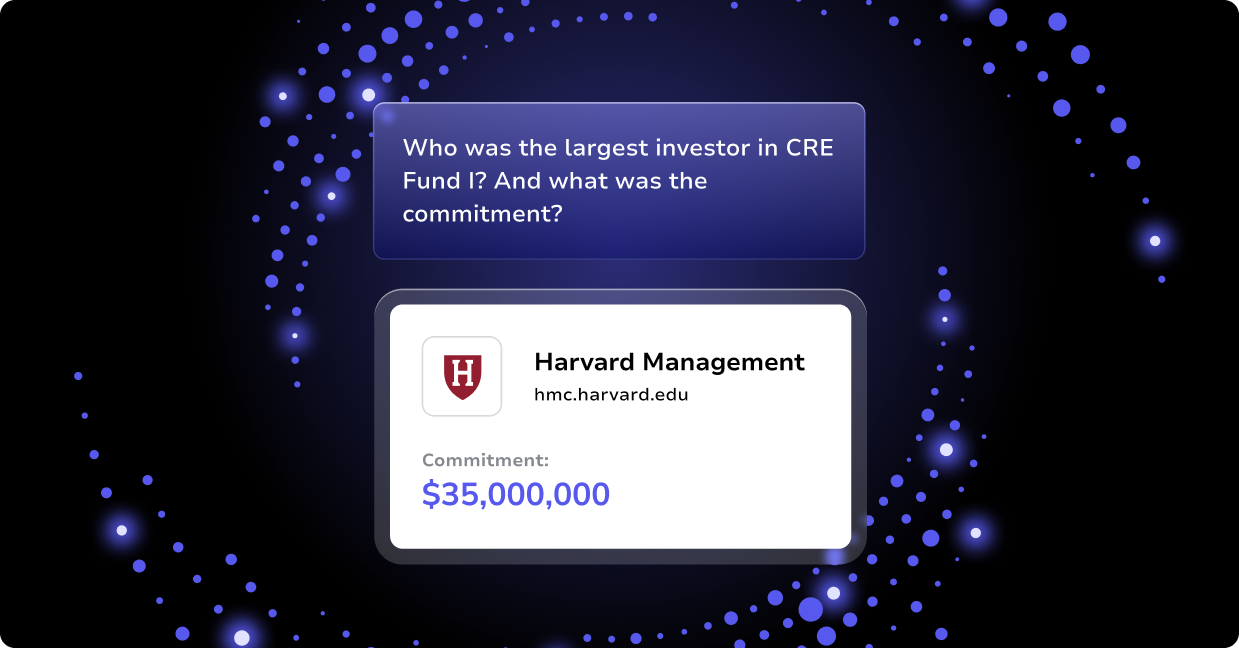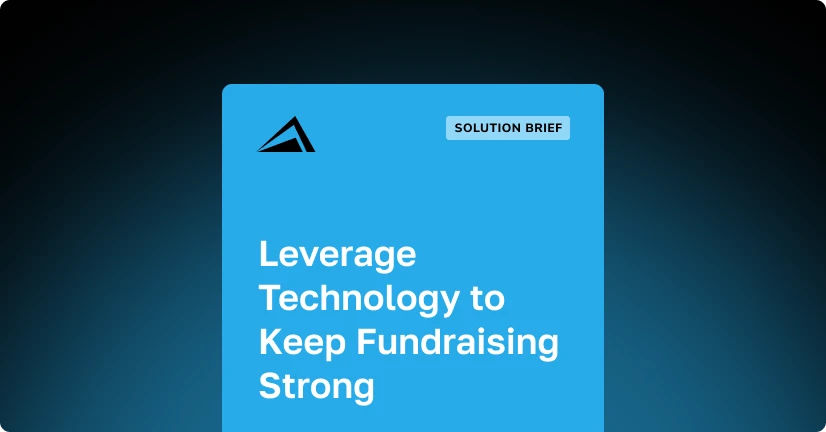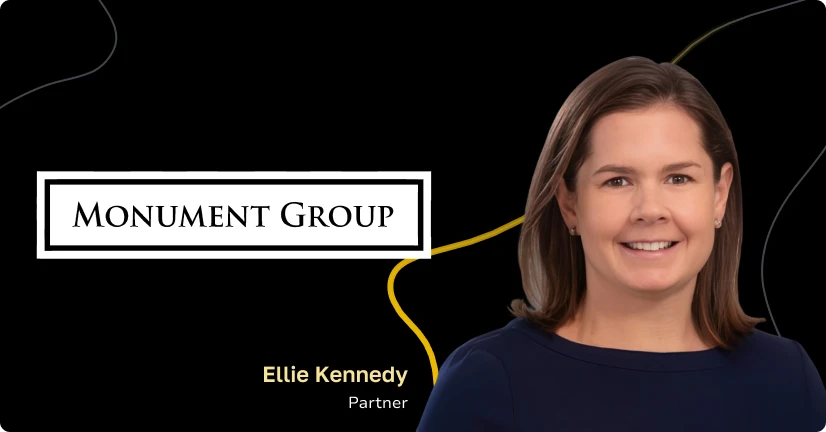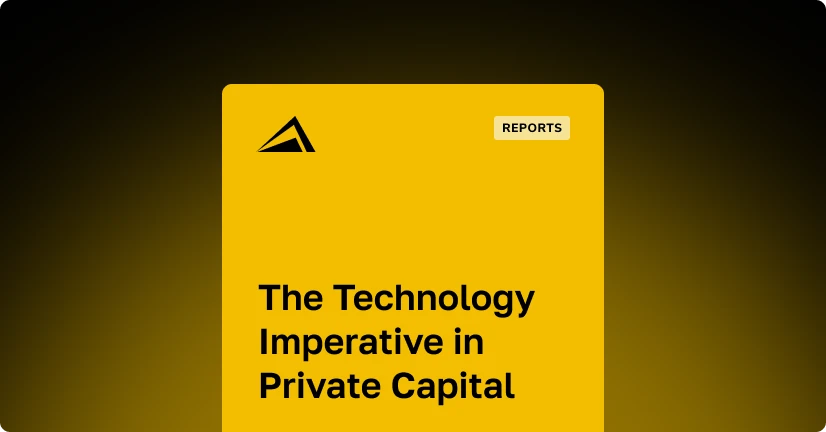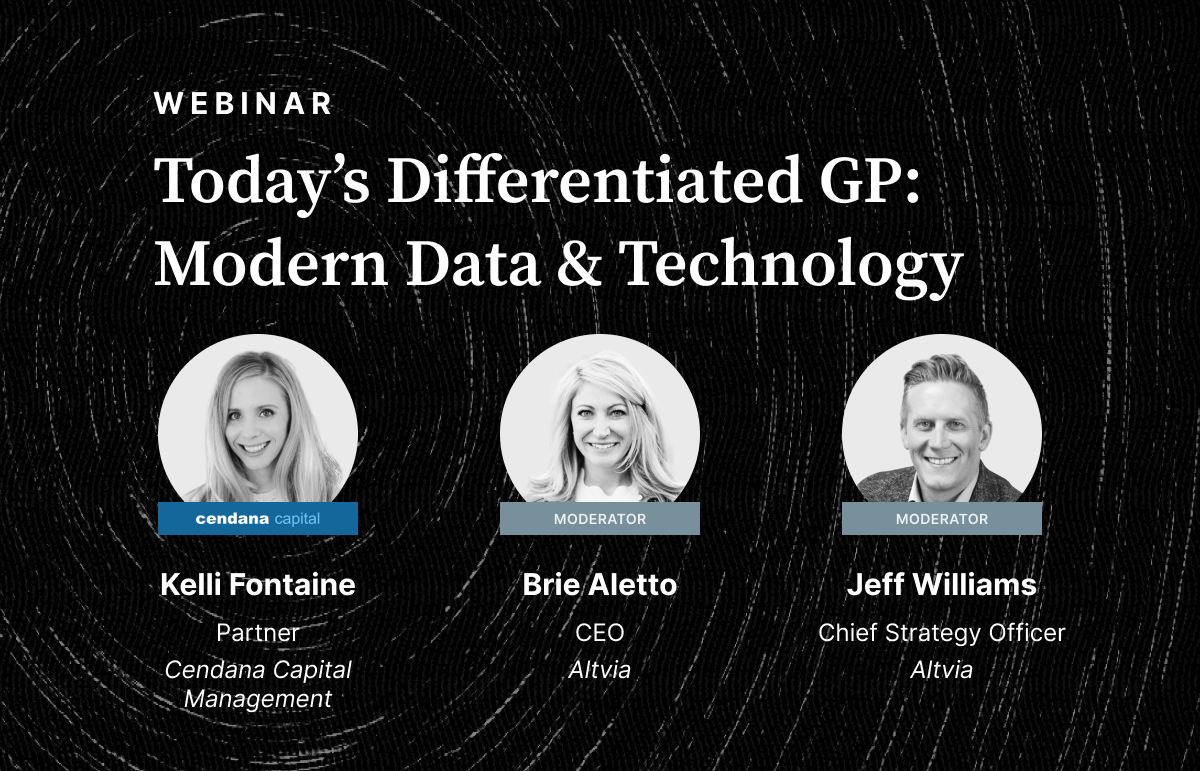
As the new year is in full swing, it’s time for our annual predictions in Private Equity and Venture Capital for 2023! If you’ve ever seen our #RiskyBets series before, you know we’re here to make our own assumptions and push the industry forward, and it starts by reflecting on 2022.
There were many changes in 2022, but one thing that we’ve been keeping our eye on is how the markets are shifting power from GPs to LPs. We believe this is a tremendous tailwind toward our vision for how the future of the Private Equity and Venture Capital markets will operate. So with that, let’s get into our 2023 #RiskyBets:
1. TRANSPARENCY. LPs’ demands for transparency, together with their more selective manager commitments, will lead us to see fundamental changes to how GPs share information with LPs. We are already in the early innings of this – Altvia was one of the early providers that offered the ability to share dynamic, real-time data visualization within our LP Portal software product, ShareSecure. But what we’re predicting for 2023 is the next evolution. It will become more mainstream for GPs to share information and will quickly become something GPs feel pressured to do by increasingly selective LPs demanding more transparency.
2. TRUST. Differentiated GPs will go on the offensive with clarity and use improved tech to begin offering real-time, self-service data not just to existing LPs, but to prospective LPs as well. One of the things that has prevented GPs from being proactively transparent with data is the fear that comes with not understanding their own data. So, as the pressure mounts from LPs to understand this same data, GPs will increasingly move towards investing in systems that help them organize data. And while it will still be a far reach to proactively let LPs peruse through data, the early adopters amongst GPs that begin to extend trust to LPs will quickly learn that there is opportunity and tremendous uptick by differentiating themselves in the market.
3. TECHNOLOGY. Technology will play a transformative role in creating new GP-LP relationships. “Democratization” is a word that has been increasingly thrown around in this market, and while it’s a trend and perhaps not a #RiskyBets to discuss, we’re here to talk about democratization with a new tune. About two decades ago, the idea of online dating was thought to be revolutionary. People connecting via technology? No way that works. Speed up to today, online dating has democratized opportunities to build relationships and connect. The similarity runs deep within our PE and VC industry software and interfaces.
Many still believe that the thought of GPs and institutional LPs meeting via technology is unlikely, but at Altvia, we believe it is inevitable. It’s important to clarify that while having GPs connect with LPs via technology will be a more efficient way to meet, it will not cannibalize the standing practices in the marketplace. This will be a natural evolution of being more transparent and providing self-service data to current and prospective LPs. This is also a natural evolution of creating a more democratic marketplace and more efficient way to meet new LPs that are also interested in meeting GPs.
There you have it – our top three predictions and #RiskyBets for the Private Equity and Venture Capital markets in 2023. If you’re ready to stay ahead of the curve and want to benefit from digital modernization, please reach out to Altvia! Sign up for our monthly newsletter, check out the Preferred Return podcast, or follow us on social.

Jeff Williams, Chief Strategy Officer, Altvia – Jeff Williams started with Altvia in 2011, bringing with him deep technical understanding and industry experience as an Associate at a leading Fund-of-Funds, Greenspring Associates. Through his tenure, he has worked extensively internally leading various departments from product, development, and marketing and externally with clients to make the vision of Altvia come to life through the development and launch of products solving the issues facing GPs and LPs.
Have additional thoughts? Connect with me on Linkedin!
